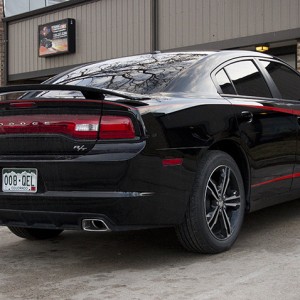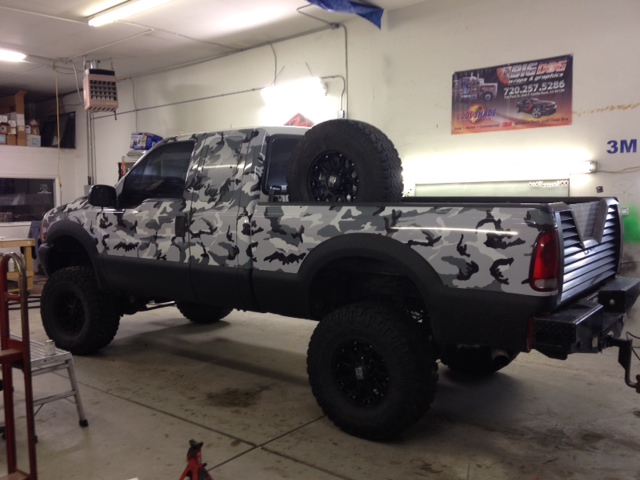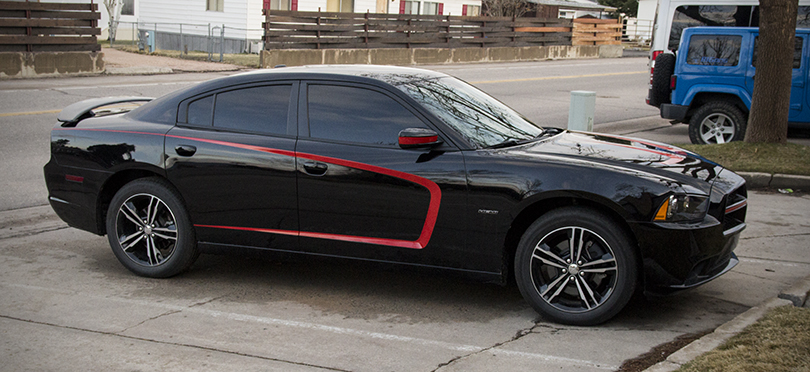Whenever we are trying to facelift our car’s appearance, one of the first ideas that might pop on our head is changing the vehicle’s old generic, stock wheels to more stylish, cool-looking wheels.
However, changing the car’s original wheels to aftermarket wheels is not as simple as it sounds. In fact, you need to have some basic knowledge before making your decision, otherwise, you might end up buying wheels that not only won’t fit properly but could also impact negatively on performance.
The art of customization requires not only good taste, but also some research. That way your ride’s performance will be as sweet as the way it looks.
The Right Choice
Commonly, getting bigger wheels is the most popular upgrade, especially between truck and SUV owners. Wider wheels can actually give more traction to your car, but you need to consider the car’s maximum limit and measure your car’s bolt pattern.
Bolt Pattern
 To find your bolt pattern, you need to determine how many bolt holes are on the wheel and how far apart each bolt is. For example, a bolt pattern number of 6 x 5.5 means the wheel has six bolt holes that are 5.5” apart (when you measure across the center of the wheel). The only lug pattern where this method of measurement is different is the 5 lug pattern. For a 5 lug wheel, measurement is made from the back of the lug hole on one end, to the center of the lug hole on the opposite side.
To find your bolt pattern, you need to determine how many bolt holes are on the wheel and how far apart each bolt is. For example, a bolt pattern number of 6 x 5.5 means the wheel has six bolt holes that are 5.5” apart (when you measure across the center of the wheel). The only lug pattern where this method of measurement is different is the 5 lug pattern. For a 5 lug wheel, measurement is made from the back of the lug hole on one end, to the center of the lug hole on the opposite side.
Center Bore & Hub-Centric vs Lug-Centric
Another important thing to point out is the size of your wheel’s center bore, and whether your wheels are hub-centric or lug-centric. To get the center bore’s size, measure the diameter of the hole that centers over the mounting hub. Your wheel is hub-centric if the center bore matches the mounting hub’s size. If it doesn’t, your wheels are lug-centric.
Backspacing
Knowing your vehicle’s backspacing size is an essential part of finding the right wheel. It is measured from the wheel’s mounting surface (in the middle of the wheel) to the back edge of the wheel. The size will vary, depending on the wheel’s offset. If it has zero offset, the hub mounting surface is even with the wheel’s  centerline. If it has a positive offset, the mounting surface is closer to the front of the wheel, while negative offset is closer to the back of the wheel.
centerline. If it has a positive offset, the mounting surface is closer to the front of the wheel, while negative offset is closer to the back of the wheel.
Load
Wheels are advertised with a maximum weight load. To get the exact weight load, multiply the advertised max-weight by 4. For instance, if each wheel’s load rating is 3500 lbs, the total load rating for your truck would be 14,000 lbs.
Once you have determined all the information and data required, all you need to do is look into the market and find the wheels you want. Remember checking your owner’s manual. These and other information might be found there.

